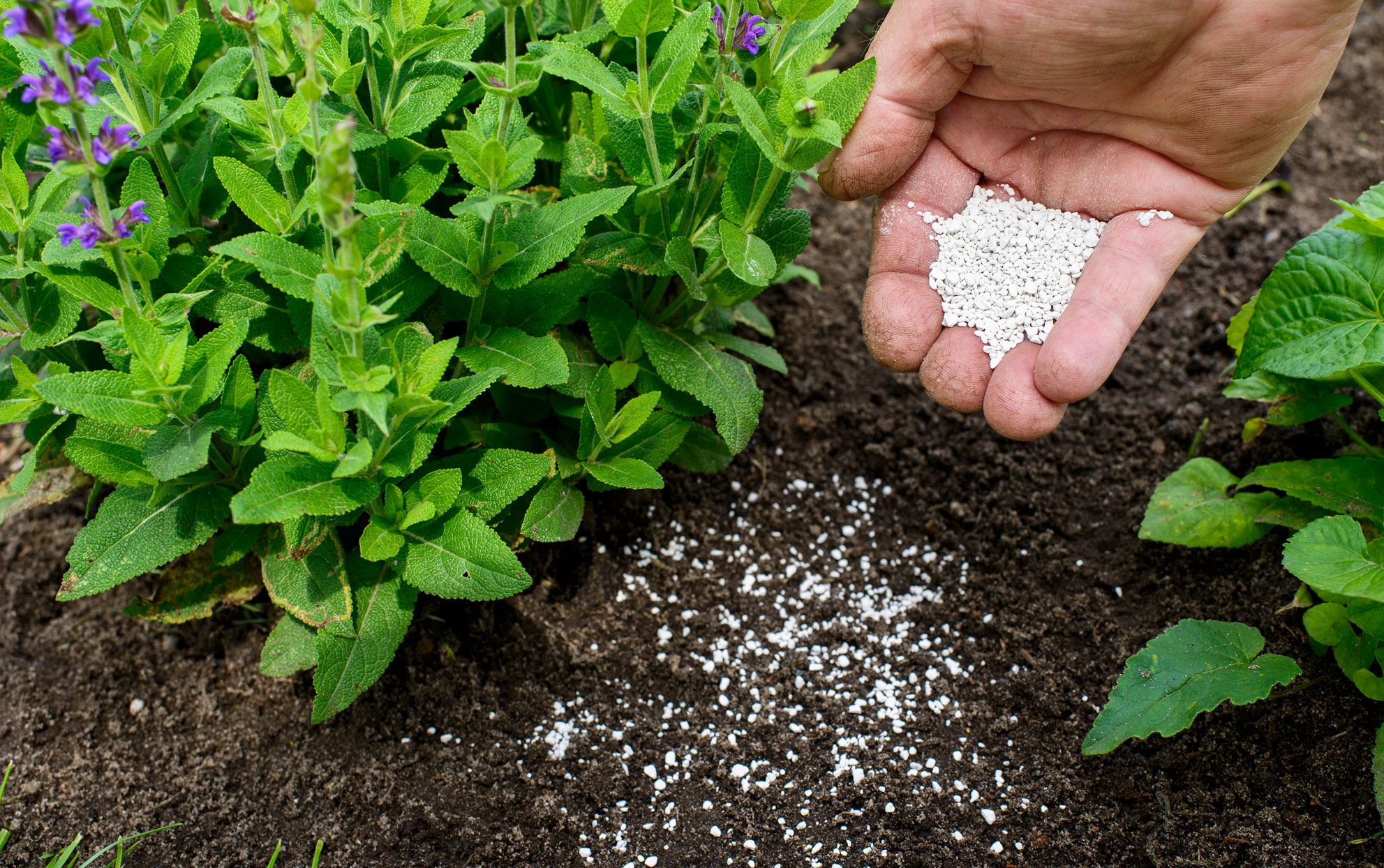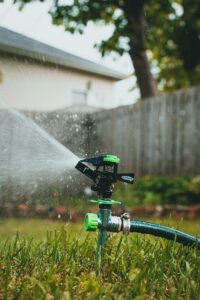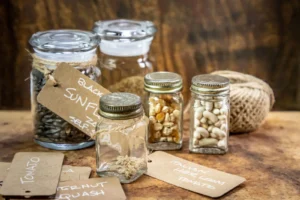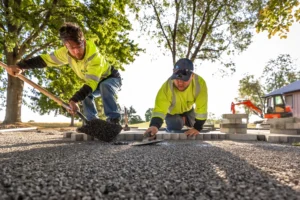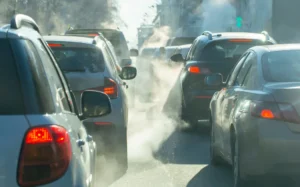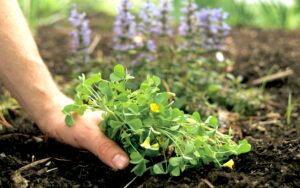Understanding Soil Calculator: A Comprehensive Guide
Soil calculators are invaluable tools for gardeners, landscapers, and agricultural professionals, enabling them to determine the correct amount of soil, amendments, and nutrients needed for various projects. This article will explore what a soil calculator is, how to use one effectively, the types of soil calculators available, and their benefits.
Soil Calculator
| Volume Required: | 0 yd³ |
| Weight: | 0 lbs |
| Total Cost: | $0.00 |
What is a Soil Calculator?
A soil calculator is an online tool or software designed to help users estimate the volume of soil required for a specific area. It takes into account various factors such as the dimensions of the area, the depth of soil needed, and the type of soil being used. Soil calculators can also assist in determining the amount of soil amendments (like compost or fertilizers) necessary for optimal plant growth.
Types of Soil Calculators
- Volume Calculation Tools: These calculators estimate the volume of soil needed based on the area’s dimensions (length, width, depth). They are often used for filling garden beds, planters, or raised beds.
- Amendment Calculators: These calculators help determine the amount of soil amendments needed, such as compost or peat moss, based on the existing soil conditions and the desired soil composition.
- Nutrient Calculators: These tools assess the nutrient content of the soil and recommend how much fertilizer or organic material is needed to improve soil health.
- pH and Nutrient Testers: While not calculators in the traditional sense, these tools measure soil pH and nutrient levels, allowing users to make informed decisions on amendments and treatments.
How to Use a Soil Calculator
Using a soil calculator is generally straightforward. Here’s a step-by-step guide:
- Measure the Area: Determine the dimensions of the area you need to fill or treat. For rectangular areas, measure the length and width. For circular areas, measure the radius.
- Decide on Depth: Determine how deep you want the soil or amendment to be. This measurement is crucial, as it directly affects the volume calculation.
- Input Data: Enter the measured dimensions and desired depth into the soil calculator. Some calculators may require additional information, such as the type of soil or amendments being used.
- Calculate: Click the “calculate” button to receive your results. The calculator will provide the total volume of soil required, as well as any recommended amendments or nutrients based on your input.
- Adjust as Necessary: Depending on your project’s specifics, you may need to adjust the numbers (such as depth) and recalculate to get the most accurate results.
Benefits of Using a Soil Calculator
- Accuracy: Soil calculators provide precise calculations that help prevent over or underestimating the amount of soil or amendments needed.
- Time-Saving: Instead of doing complex calculations manually, soil calculators offer a quick and easy solution.
- Cost-Effective: By providing accurate measurements, these tools help avoid unnecessary expenditures on excess materials.
- Optimized Plant Growth: With the right amount of soil and amendments, plants are more likely to thrive, leading to healthier gardens and landscapes.
- User-Friendly: Most soil calculators are designed for ease of use, requiring only basic measurements and minimal technical knowledge.
When to Use a Soil Calculator
Soil calculators are useful in various situations, including:
- Garden Design: When planning a new garden bed, knowing how much soil to buy can prevent wasted resources.
- Renovating Landscapes: For projects that involve leveling or adding soil to existing landscapes, accurate measurements ensure proper fill levels.
- Container Gardening: When filling planters or pots, a soil calculator can help determine the correct volume of soil needed for optimal plant growth.
- Soil Amendments: Before adding amendments, use a soil calculator to find out how much is required to improve soil structure and nutrient content.
Sure! Here’s a revised version of your content, maintaining the facts and formulas while enhancing readability and engagement.
The Ultimate Soil Calculator: A Gardener’s Best Friend
We’ve developed this soil calculator to simplify your gardening journey, allowing you to determine how much soil you need—whether it’s topsoil, compost, mulch, or topdressing. After all, you don’t want to overspend on materials for your garden, do you? Keep reading to discover how our topsoil calculator works, ensuring you’ll never dread those complex calculations again!
For the curious minds, we’ve also prepared a wealth of information essential for farmers and amateur gardeners alike. We’ll cover the definition of soil, its origins, various soil types, and two critical processes to enhance your gardening experience: soil conservation and soil degradation.
How Much Soil Do I Need?
The question “How much soil do I need?” is common among those embarking on their gardening and plant cultivation adventures. To arrive at the answer, follow these steps to determine the volume of soil required:
- Measure the Area: First, measure the length and width of the area you wish to cover with soil. For example, let’s say you have a plot that measures $$( l = 14 \, \text{yd} )$$ in length and $$( b = 4 \, \text{yd} )$$ in width.
- Calculate the Area: Multiply the length by the width to find the area. In this case, $$( A = 14 \times 4 = 56 \, \text{yd}^2 )$$. If your area has a more complex shape, you can enter the area directly into our calculator.
- Establish the Depth: Decide how thick you want the topsoil layer to be. Let’s say you choose $$( d = 0.5 \, \text{yd} )$$.
- Calculate Volume: Multiply the area by the desired soil thickness to find the volume:
$$[V = A \times d = 56 \times 0.5 = 28 \, \text{yd}^3.]$$
This is the volume of soil you need, which our soil calculator will display for you.
Different Materials? No Problem! If you’re considering materials other than topsoil, check out our sand or gravel calculators tailored for your needs.
How Much Does a Yard of Dirt Weigh?
To determine the weight of a cubic yard of soil, simply multiply the volume by the soil’s density. Input the density into the topsoil calculator, and it will handle the calculations seamlessly. You can find the density on the packaging of your soil if purchased from a garden store, or use Omni’s density calculator for assistance.
Once you know the total weight of soil needed, you can avoid overspending. But what about costs? Our dirt calculator can help you estimate expenses as well. Just enter the price of topsoil (per unit of mass, such as ton, or per unit of volume, like cubic yard), and it will provide the total cost of the soil you require.
Estimating Garden Soil Quantity: A Real-Life Example
Let’s consider a practical scenario: You’ve just built your beautiful home, complete with a charming red-tiled roof, and you want to surround it with a lush grass yard and tiled pavement. Before you start, you’ll want to calculate the amount of paver sand needed—check out our paver sand calculator for that!
Now, let’s focus on the grass yard. You need to calculate the quantity and cost of garden soil. If there’s a pool in the middle, measuring and calculating becomes a bit trickier. Here’s how to tackle it:
- Divide the Yard: Break the grass yard into four rectangles labeled 1, 2, 3, and 4.
- Measure Each Sector:
- Sector 1: Width = 2 yd, Length = 25 yd
- Sector 2: Width = 3 yd, Length = 2 yd
- Sector 3: Width = 3 yd, Length = 10 yd
- Sector 4: Width = 2.7 yd, Length = 25 yd
- Calculate Each Area:
- Sector 1: $$( 2 \times 25 = 50 \, \text{yd}^2 )$$
- Sector 2: $$( 3 \times 2 = 6 \, \text{yd}^2 )$$
- Sector 3: $$( 3 \times 10 = 30 \, \text{yd}^2 )$$
- Sector 4: $$( 2.7 \times 25 = 67.5 \, \text{yd}^2 )$$
- Sum the Areas: Add the areas of all sectors:
$$[50 \, \text{yd}^2 + 6 \, \text{yd}^2 + 30 \, \text{yd}^2 + 67.5 \, \text{yd}^2 = 153.5 \, \text{yd}^2.]$$ - Choose the Thickness: Next, decide on the desired thickness of the topsoil layer. Let’s opt for $$( d = 0.6 \, \text{yd} )$$ to allow for ample root growth and better moisture retention.
- Calculate the Volume:
$$[V = 153.5 \, \text{yd}^2 \times 0.6 \, \text{yd} = 92.1 \, \text{yd}^3.]$$
Now, you can determine the estimated weight of the soil required and its cost. Knowing the weight is helpful for transportation, ensuring your truck or trailer can handle the load. As mentioned earlier, find the density of the chosen soil on its packaging and multiply it by the volume to get the weight.
Finally, consider your budget: can you afford the expense? If needed, you can explore options to reduce thickness and save money. With our soil calculator, you can quickly compute the total cost by multiplying the volume or weight of the soil by the price per cubic yard or ton.
Now that you’ve sorted out the calculations, it’s time to relax by the pool and invite your friends for a barbecue!
What Is Soil?
Have you ever wondered what you’re standing on? Soil is not just dirt; it’s a complex mixture of organic matter, liquids, gases, minerals, and living organisms. It forms through countless interactions over time, influenced by elements such as climate and weather.
Soil begins with parent materials like quartz, calcite, or feldspar, which undergo weathering—breaking down into smaller particles. Weathering can occur due to various factors:
- Physical Factors: Temperature changes, wetting and drying cycles, and the movement of materials by wind, water, or gravity.
- Chemical Factors: Processes like solution, hydrolysis, and oxidation.
- Biological Factors: The activities of bacteria, fungi, earthworms, and human influence.
Through these processes, the parent material disintegrates into sand, silt, and clay—the essential components of soil.
Basic Types of Soil
Even if you’re not a soil scientist, you can easily categorize soil into six primary types:
- Sandy Soil: Feels gritty and drains quickly, making it poor at retaining moisture. It often requires amendments to support healthy plant growth.
- Clay Soil: Sticky and elastic, it retains moisture but drains poorly due to a compact structure. Rich in nutrients, it can support healthy plants if properly drained.
- Silty Soil: This is the ideal soil type—rich in nutrients and excellent at holding moisture.
- Peaty Soil: Spongy in texture, it retains a lot of water but is often low in minerals. It benefits from mixing with organic materials and monitoring pH levels.
- Chalky Soil: Composed of larger particles and stones, it has an alkaline pH. Using acidic fertilizers can help ensure optimal plant growth.
- Loamy Soil: The dream soil for gardeners! It is nutrient-rich, retains moisture well, and has excellent drainage due to its balanced composition of sand, clay, and silt.
Soil Degradation vs. Soil Conservation
Soil degradation is a major concern for farmers and gardeners. It diminishes the soil’s ability to support plant life by disrupting its structure and leaching away vital nutrients. Key mechanisms of soil degradation include:
- Soil Acidification: When the soil’s pH drops too low, it becomes too acidic for most plants.
- Soil Salinization: Accumulation of salts can inhibit plant growth.
- Soil Contamination: Exposure to human-made waste or toxic materials can overwhelm soil microorganisms.
- Desertification: Fertile land transforms into desert.
- Erosion: Natural forces like wind and water can displace soil particles.
To combat soil degradation, it’s essential to practice soil conservation. This involves nurturing the soil just as you would care for your plants. Here are some effective strategies:
- Adjusting pH: Use sulfur or aluminum sulfate to acidify alkaline soil, or apply ground lime to alkaline soil to make it more neutral.
- Maintaining Moisture: Implement irrigation systems to ensure your garden has a steady water supply.
- Nutrient Management: Regularly check soil nutrient levels, particularly nitrogen, phosphorus, and potassium. Fertilizers or mulch can help replenish nutrients as needed.
- Protection from Erosion: Surround your garden with trees and bushes to shield it from wind and other physical forces.
By understanding and caring for your soil, you can create a thriving environment for your plants while enjoying a beautiful garden.
This version keeps the informative tone while enhancing clarity and engagement. Let me know if you need further adjustments!
